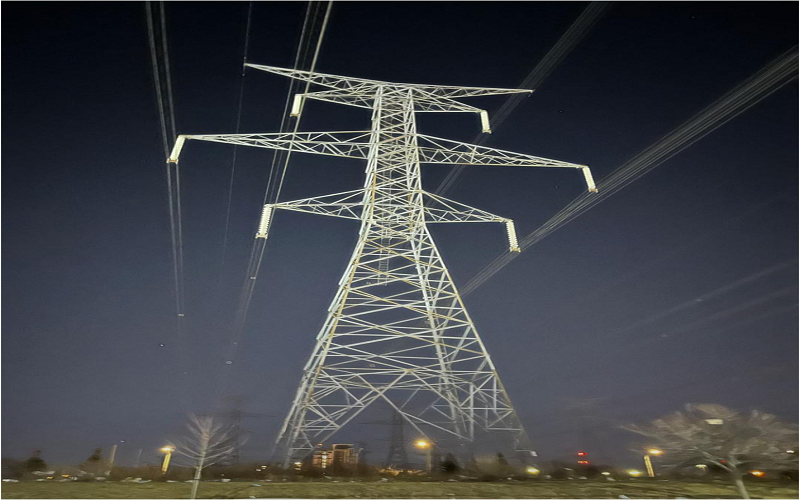Buildings play a crucial role in both energy consumption and environmental impact. The majority of research on sustainable architecture has focused on economically advanced nations, as they consume the most energy and possess abundant resources. However, it is equally important to prioritize sustainable architecture in developing countries, where energy consumption in the building sector is rapidly increasing. Over the past decade, the world has become increasingly aware of the detrimental effects of fossil fuels on the planet. Moreover, these non-renewable energy sources are depleting rapidly and will soon be exhausted due to excessive exploitation. Environmental issues such as global warming and ozone layer depletion, caused by emissions from extensive fuel combustion, are gradually causing widespread problems for all living organisms on Earth. Given the uncertainty surrounding the future availability of fossil fuels, the growing demand for them, concerns about energy security, and the potential negative impact of greenhouse gases on the global climate, it is imperative to find ways to reduce energy consumption, enhance efficiency, and utilize renewable fuel resources in all types of facilities. Renewable energy stands as a highly effective solution that is readily available today.
Solar cells are the essential power conversion units in a photovoltaic system. Typically, the performance of solar cells fluctuates depending on the weather conditions. Particularly during winter in areas near thermal power plants, factors such as fog and dust can impact the efficiency of solar cells. Meeting the energy needs of a net zero building through a hybrid system poses a challenging task that involves considering various elements. The primary issue is that relying solely on renewable energy sources may not be sufficient to consistently meet the electricity demand. Furthermore, the availability of generated power is subject to weather and climatic conditions. By integrating passive and active energy strategies into the design, construction, and operation of new and existing buildings, the building industry can significantly reduce energy consumption. On the other hand, in a decentralized energy system, multiple smaller power plants generate electricity, essentially producing energy on-site. This system is more interactive with consumers and can better meet their needs. It is believed to be the most cost-effective and reliable approach to fulfilling the energy requirements of buildings.
An instance of a multi-agent system that focuses on decision making, specifically choosing the appropriate source of energy based on the time of day, is utilized to optimize energy usage in buildings. I concur with this approach, as simulation modeling techniques contribute to optimizing the distribution of generated electricity. Agent-based modeling is a novel approach used to simulate various systems. It finds applications in a wide range of fields, such as the stock market, consumer purchasing behavior, healthcare, and many others. An agent can be defined as an independent component whose behavior can range from simple reactive decision rules to complex adaptive artificial intelligence (AI). On the other hand, Casti argues that agents should possess both base-level rules for behavior and a higher-level set of “rules to change the rules.” The base-level rules enable agents to respond to their environment, while the “rules to change the rules” facilitate adaptation. An agent can act autonomously, meaning it can respond to different situations without external direction. It can make decisions independently, requiring the agent to be proactive rather than passive. Agent behavior is described by simple rules. Agents can learn and adapt themselves to improve their environment. A fundamental characteristic of agents is their ability to self-organize, and the interactions between agents can influence their behavior. Modeling agent interactions involves addressing two primary issues: specifying who can communicate with others and determining the mechanisms of interaction dynamics. Both aspects must be considered when developing agent-based models.
Agent-based modeling can be implemented using either general-purpose software or programming languages, or it can be specifically designed for software and toolkits that cater to the unique requirements of agent modeling spreadsheets, such as Microsoft Excel. In many ways, spreadsheets offer the simplest approach to modeling, as the development process is straightforward compared to other tools. However, the resulting models often have limited agent diversity, restricted agent behaviors, and poor scalability. Alternatively, general computational mathematics systems like MATLAB and Mathematica, which many individuals may already be familiar with, can also be utilized successfully. However, these systems do not provide specific capabilities for modeling agents. Furthermore, general programming languages such as Python, Java, C++, and C can be employed for agent-based modeling. Nevertheless, starting development from scratch can be excessively costly, as there are no dedicated libraries or modules that specifically focus on agent-based modeling.




